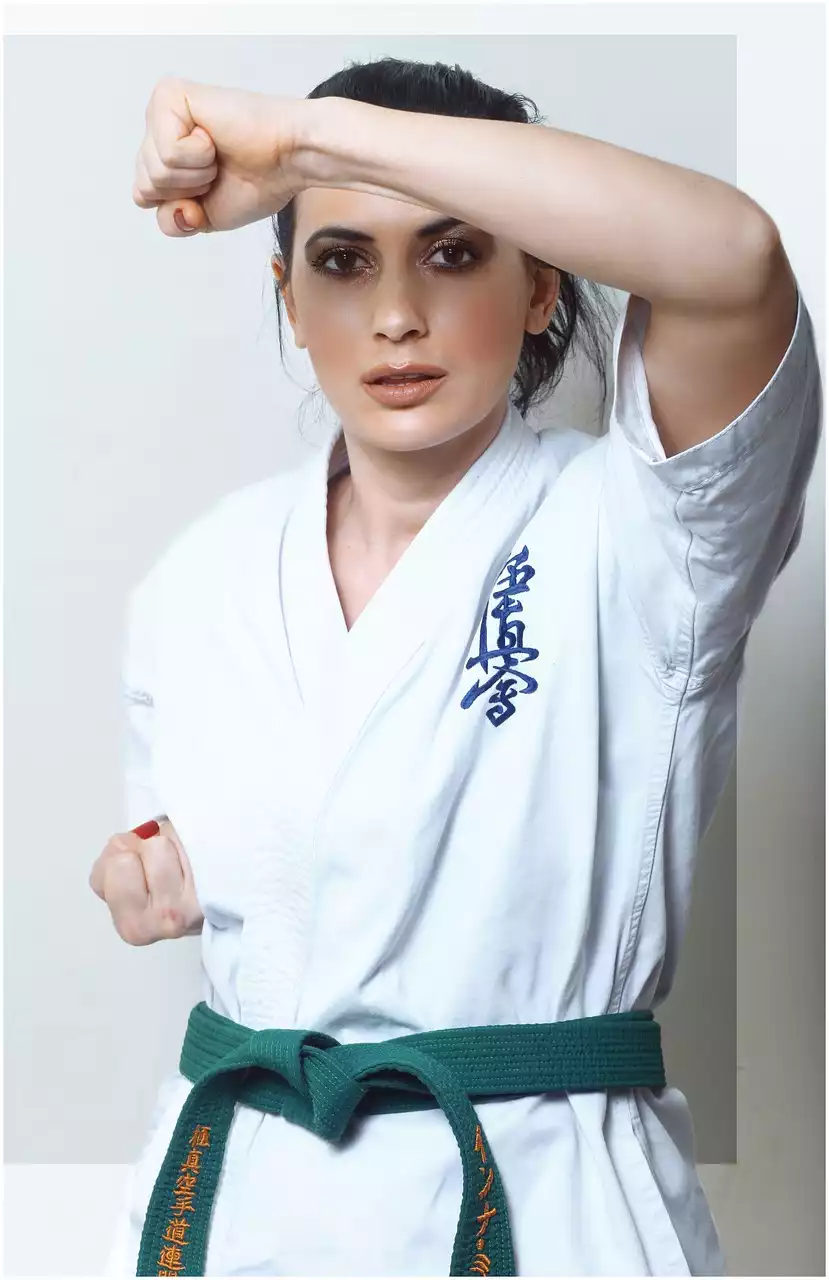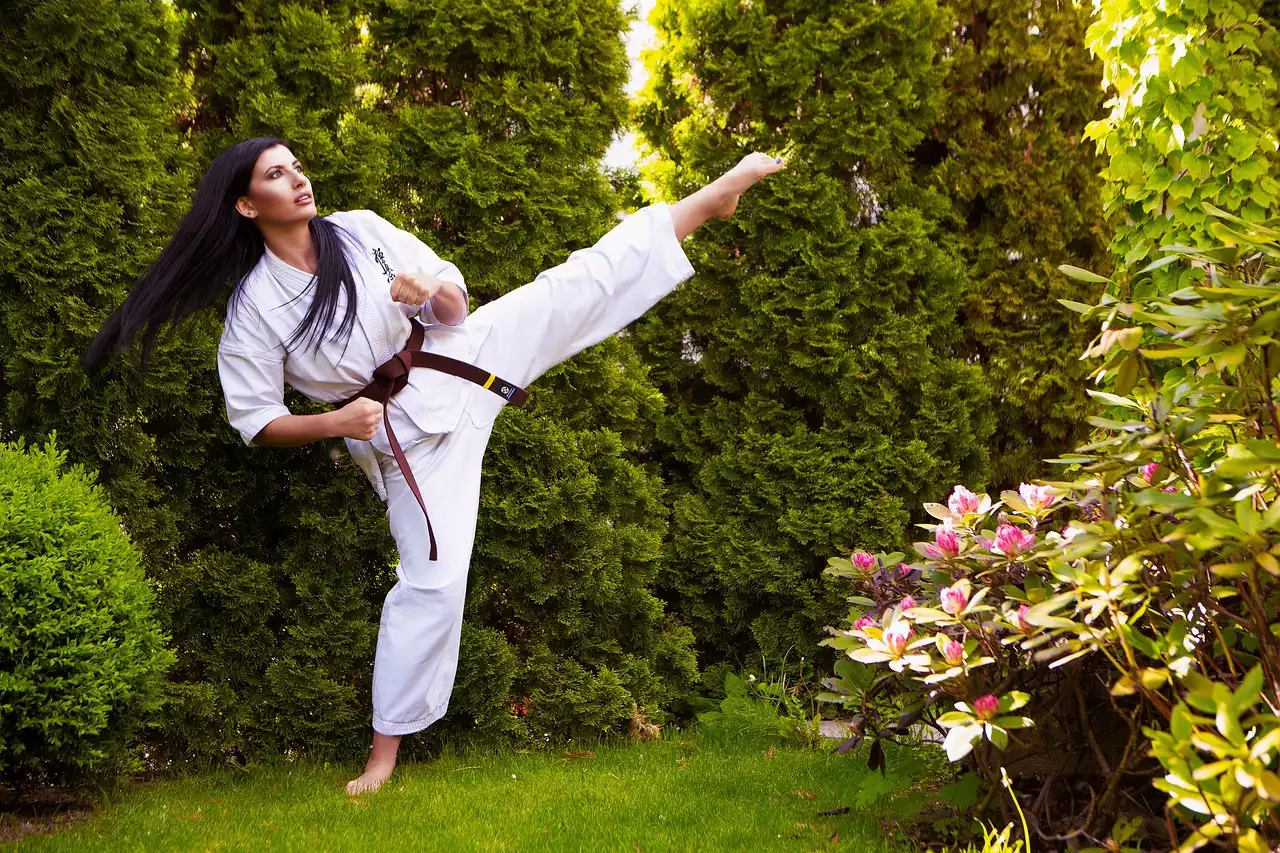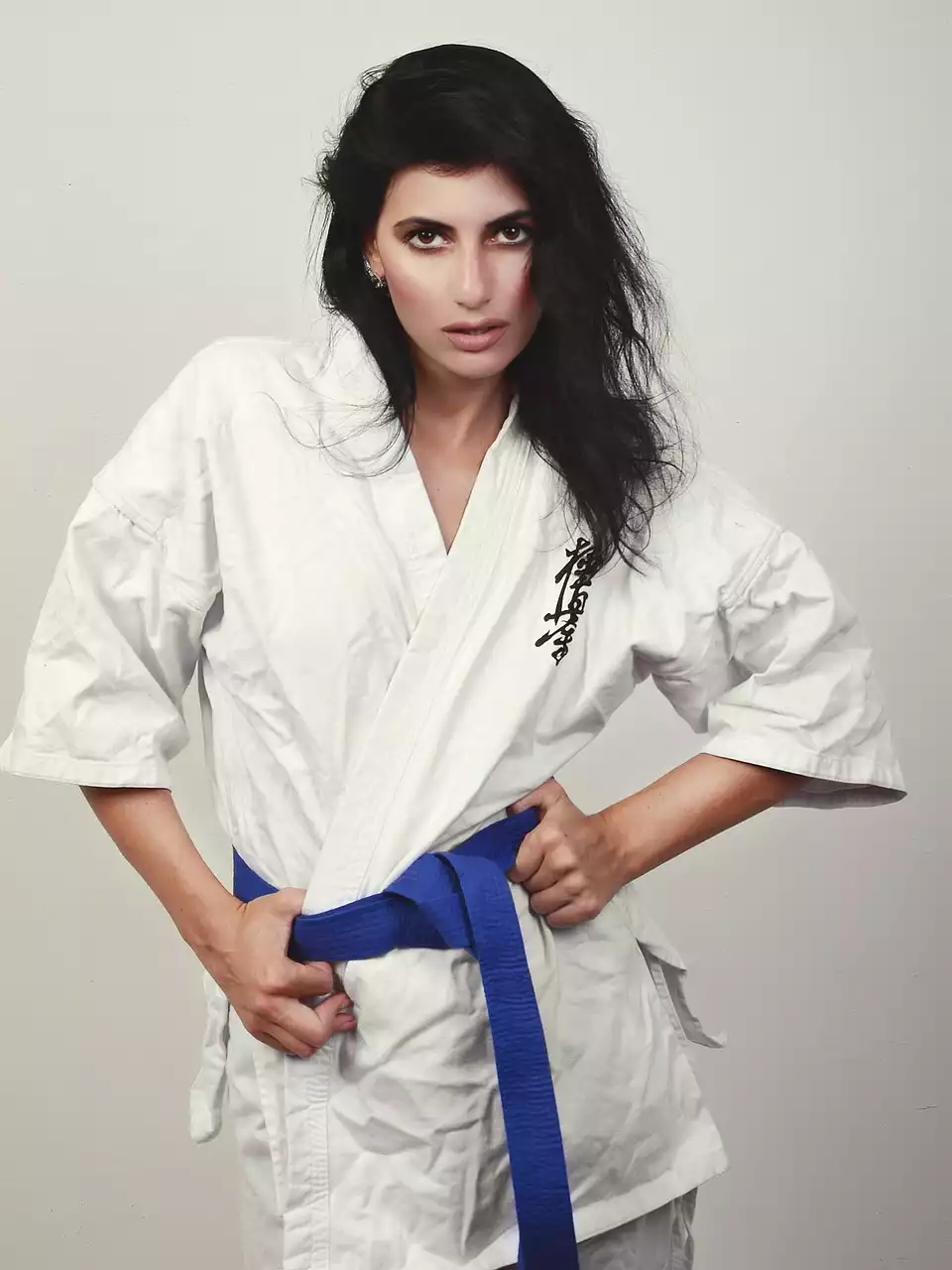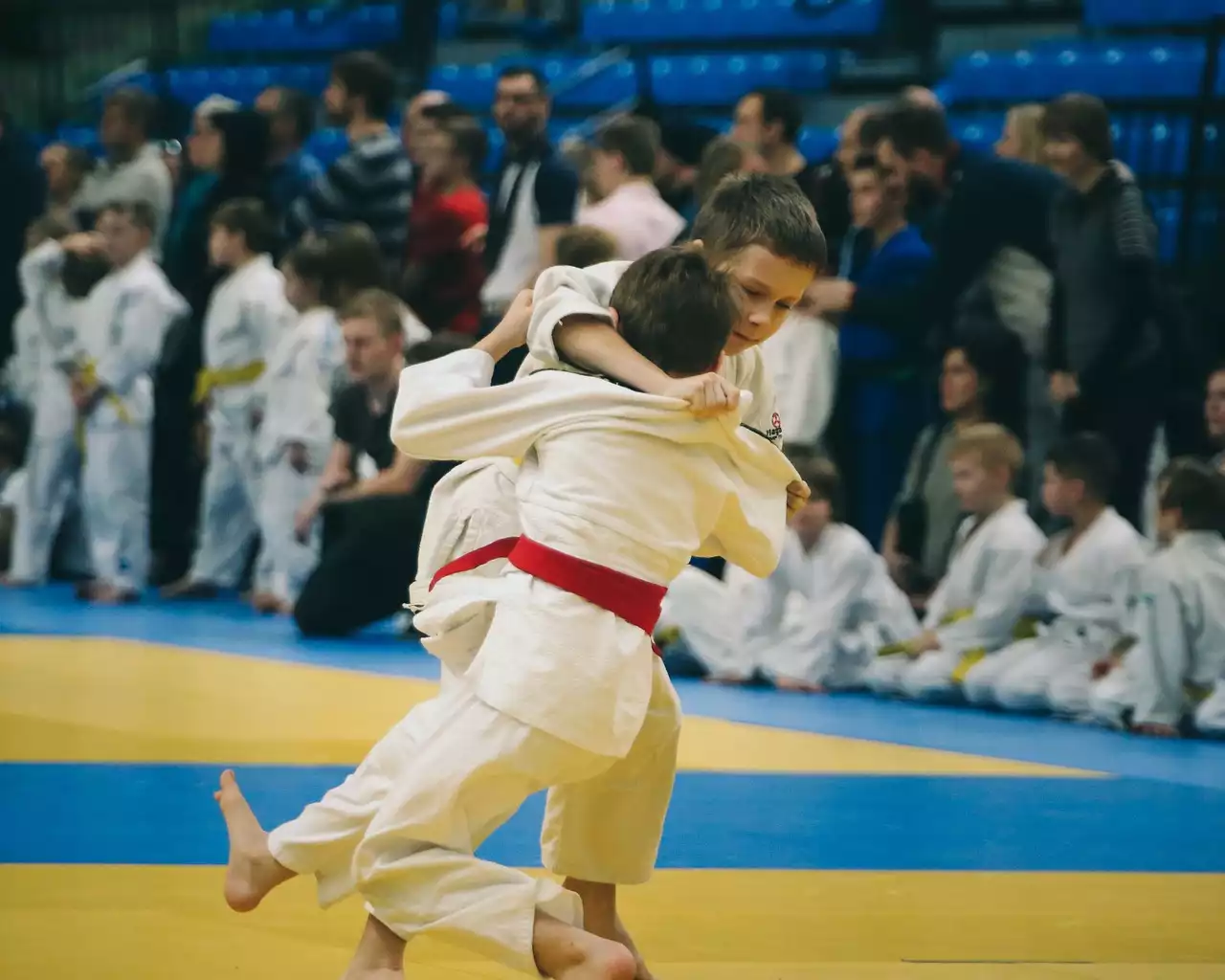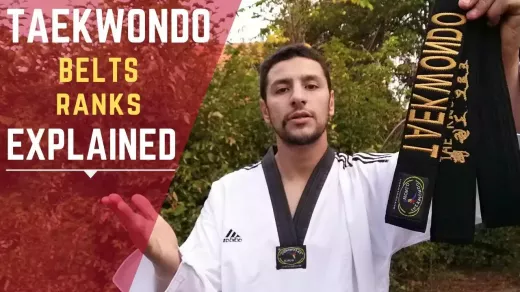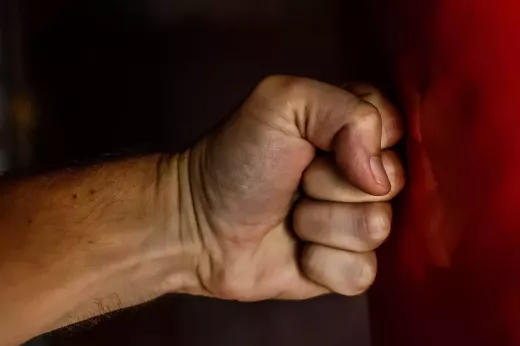Understanding the Basics of Chokes
Before we dive into the different types of chokes used in Judo, it's important to understand the basics of chokes. Chokes are a technique used to cut off an opponent's blood supply or air passage, rendering them unconscious. In Judo, chokes are typically executed while grappling with an opponent on the ground. The goal is to gain a dominant position and then apply the choke.
There are two main types of chokes in Judo: blood chokes and air chokes. Blood chokes work by compressing the carotid artery, which supplies blood to the brain. When the carotid artery is compressed, blood flow to the brain is reduced, and the opponent will quickly lose consciousness. Air chokes, on the other hand, work by compressing the trachea, which restricts airflow to the lungs. This can cause the opponent to pass out due to a lack of oxygen.
To execute a choke, a Judo practitioner must first gain a dominant position on the ground. This can be done by passing the opponent's guard, achieving a mount position, or taking the opponent's back. Once in a dominant position, the Judo practitioner can then apply the choke. It's important to note that chokes should only be applied in a controlled environment, such as during a Judo match or in a training session under the supervision of a qualified instructor.
The Different Types of Chokes in Judo
Now that we've covered the basics of chokes in Judo, let's take a closer look at some of the most essential chokes used in the sport.
The Rear Naked Choke
The Rear Naked Choke is one of the most common chokes used in Judo. It is a blood choke that is applied from the back of the opponent. To execute the Rear Naked Choke, the Judo practitioner must first take their opponent's back. From there, they will wrap one arm around the opponent's neck and place their other hand behind the opponent's head. The Judo practitioner will then squeeze their arms together, compressing the carotid artery and cutting off blood flow to the brain. The opponent will quickly lose consciousness, and the Judo practitioner can then release the choke.
The Triangle Choke
The Triangle Choke is another common choke used in Judo. It is an air choke that is executed from the guard position. To execute the Triangle Choke, the Judo practitioner must first wrap their legs around the opponent's neck and shoulder. They will then use their arms to pull the opponent's head down towards their legs, compressing the trachea and restricting airflow to the lungs. The opponent will quickly lose consciousness, and the Judo practitioner can then release the choke.
The Ezekiel Choke
The Ezekiel Choke is a blood choke that is executed from the mount position. To execute the Ezekiel Choke, the Judo practitioner will first place one arm under the opponent's neck and the other arm over the opponent's arm. They will then use their arms to apply pressure to the opponent's neck, compressing the carotid artery and cutting off blood flow to the brain. The opponent will quickly lose consciousness, and the Judo practitioner can then release the choke.
The Cross Collar Choke
The Cross Collar Choke is a blood choke that is executed from the mount position. To execute the Cross Collar Choke, the Judo practitioner will first grab the opponent's collar with one hand and place the other hand on the opposite side of the opponent's neck. They will then use their arms to apply pressure to the opponent's neck, compressing the carotid artery and cutting off blood flow to the brain. The opponent will quickly lose consciousness, and the Judo practitioner can then release the choke.
The Arm Triangle Choke
The Arm Triangle Choke is a blood choke that is executed from the side control position. To execute the Arm Triangle Choke, the Judo practitioner will first place one arm under the opponent's neck and the other arm over the opponent's arm. They will then use their arms to apply pressure to the opponent's neck, compressing the carotid artery and cutting off blood flow to the brain. The opponent will quickly lose consciousness, and the Judo practitioner can then release the choke.
Tips for Mastering Chokes in Judo
Mastering chokes in Judo takes time and practice. Here are a few tips to help you improve your choke game:
1. Practice with a partner: Chokes should only be practiced in a controlled environment with a qualified partner. Find a training partner who is also interested in improving their chokes and work together to perfect your technique.
2. Start slow: When first learning a new choke, start slowly and focus on the proper technique. As you become more comfortable with the choke, you can start to increase the speed and power of your execution.
3. Pay attention to your opponent's reactions: When applying a choke, pay attention to your opponent's reactions. If they tap out or indicate that they are in pain, release the choke immediately.
4. Drill, drill, drill: Repetition is key when it comes to mastering chokes in Judo. Set aside time each training session to drill your chokes with a partner.
Safety Precautions When Executing Chokes in Judo
It's important to remember that chokes can be dangerous if not executed properly. Here are a few safety precautions to keep in mind when practicing chokes in Judo:
1. Always practice with a qualified partner: Chokes should only be practiced with a qualified partner who understands the risks involved.
2. Know when to release the choke: If your opponent taps out or indicates that they are in pain, release the choke immediately.
3. Avoid applying chokes to the front of the neck: Chokes should only be applied to the sides or back of the neck. Applying pressure to the front of the neck can be dangerous and potentially life-threatening.
4. Be aware of your surroundings: When practicing chokes, be aware of your surroundings and make sure you have plenty of space to execute the technique safely.
In conclusion, chokes are a powerful weapon in Judo that can quickly incapacitate an opponent without causing any physical harm. From the Rear Naked Choke to the Triangle Choke, mastering these techniques is essential for any Judo practitioner looking to take their game to the next level. By understanding the basics of chokes, practicing with a qualified partner, and following safety precautions, you can improve your choke game and become a more effective Judo practitioner.
